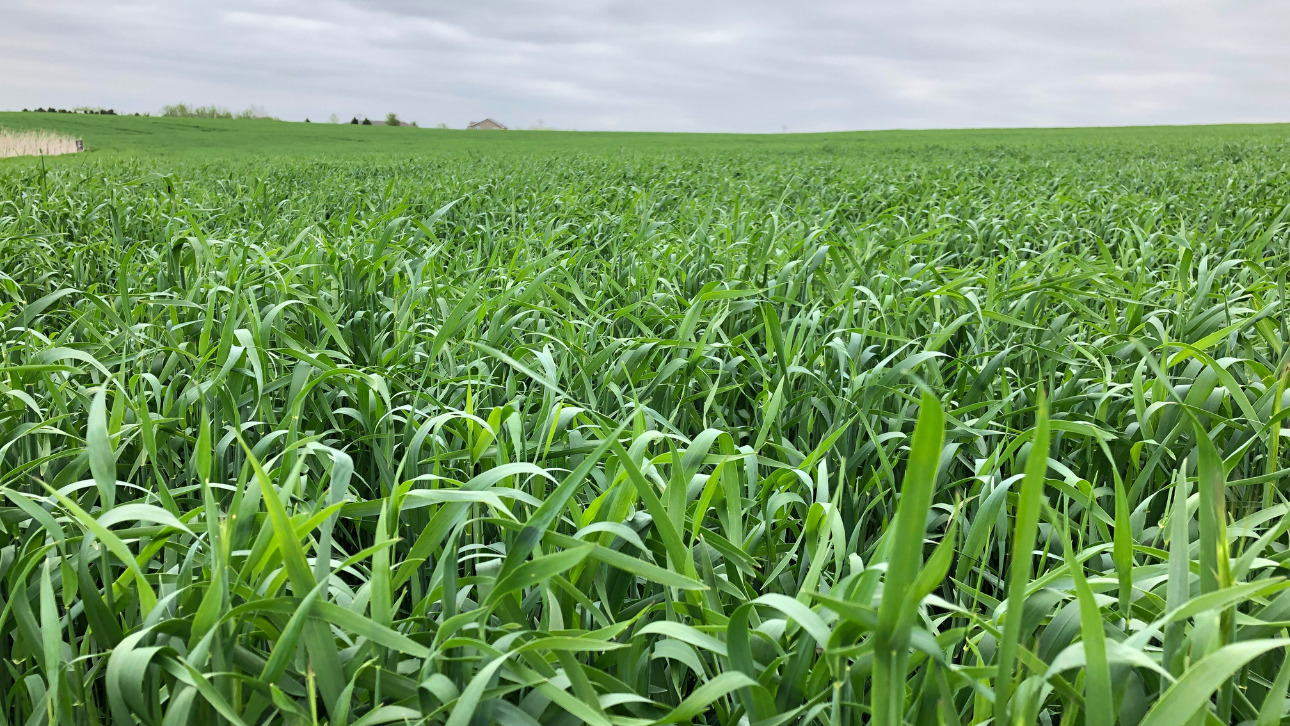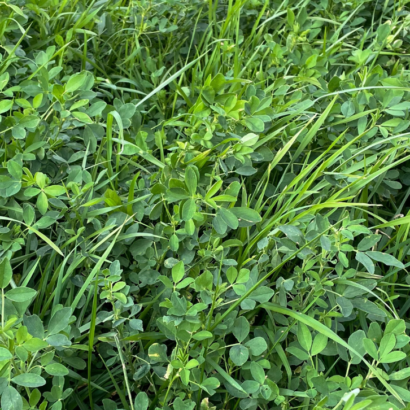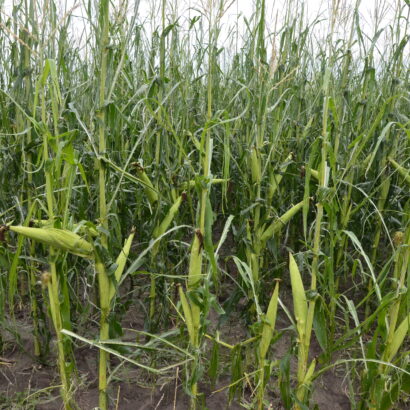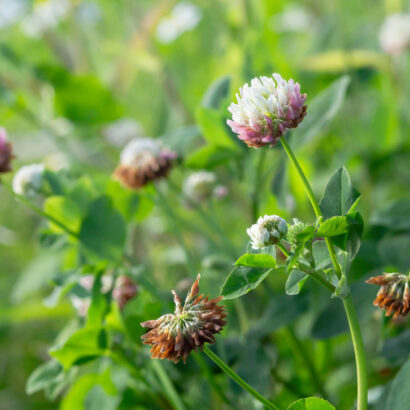We’ve spent more than three decades serving farmers and ranchers. In this time, we’ve found that some questions are universal. No matter the type of farm or ranch you run, you’re sure to experience similar roadblocks and hurdles as others in the industry. We’re all about giving you top-tier service, so we put together the answers for our most frequently asked questions when it comes to forage and livestock.
If we don’t plant corn to chop, what are other wet feed alternatives we can use?
If it’s the spring season, cool-season annual forages blended with forage peas is a great mid-summer wet feed option. Forage peas can be blended with oats, spring triticale or forage barley and planted once the frost is out of the ground. Depending on moisture levels, this has a yield potential of 5-7 tons/acre of wet feed, and gives you an opportunity to double crop if moisture and your environment will allow.
Forage sorghum is the most common alternative if you don’t want to or can’t plant corn to chop. Forage sorghum brings 80% of the energy value of corn, and, depending on the maturity of the hybrid, can be chopped during the same time as corn. One bonus many producers find from forage sorghum is how economical the forage is with the amount of yield they put up.
How can I prevent myself from running out of dry feed at the end of the feeding season?
If you want to maintain the number of mouths you are feeding throughout the year, an easy option is to incorporate a winter annual forage. Winter annuals like cereal rye, winter triticale or forage winter wheat work well to fill up your hay yard. These forages are planted after the cash crop is harvested and can be hayed off before the next cash crop needs to be planted. With a little bit of moisture, these winter annuals will vernalize and give you a good dry feed source in May and the early part of June.
What can I plant to boost the protein in my feed?
With protein being one of the most expensive feedstuffs in an operation, many farmers and ranchers are looking for other alternatives. One option, which comes as no surprise, is incorporating alfalfa into your rotation. For years, alfalfa stands were planted as the main protein source for livestock. New alfalfa varieties can give you a high yielding protein forage, while also offering an excellent disease package.
Teff grass and other annual forages are also good protein options if you hay them early enough in the plant’s life. Teff grass can be hayed three times and tested at 15-17% protein. Other cool- or warm-season grasses like oats or sorghum sudangrass can also give you upper teens protein content if you harvest them when they are in a vegetative stage. At this point in the plant’s life, the forage is very palatable, and all the nutrients of the plant are in the leaves.
Ready to incorporate these forages into your operation? Give us a call! Contact a team member today.




Discussion
0 Comments